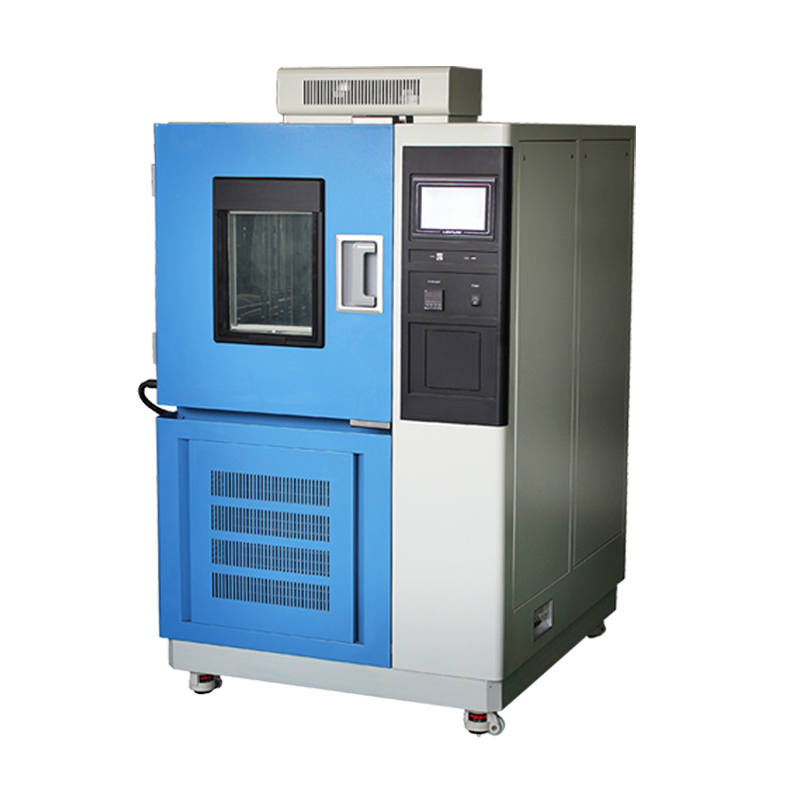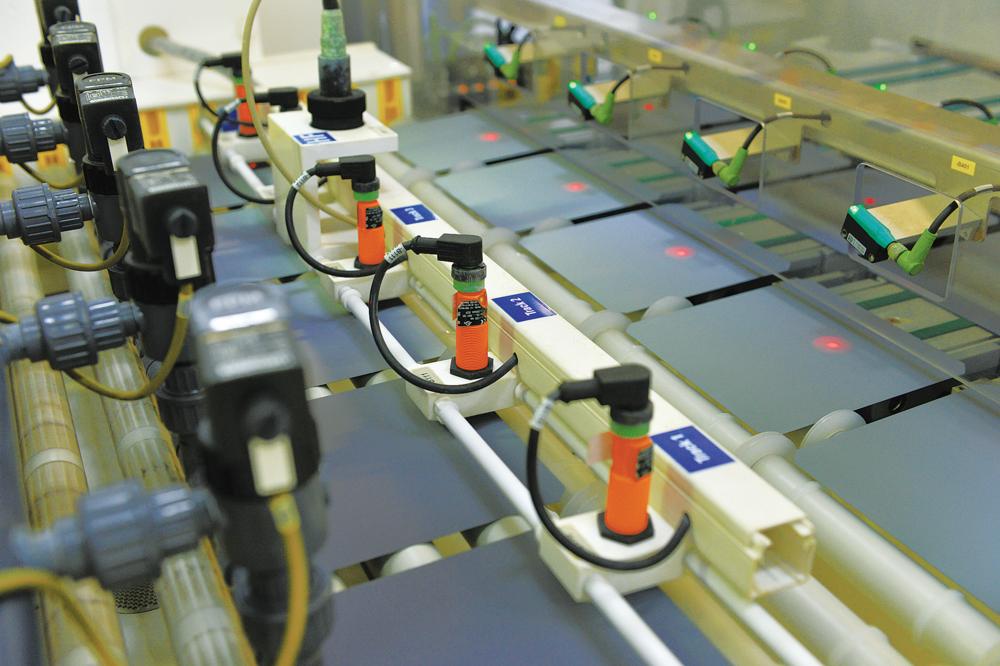A high and low temperature test chamber is a commonly used environmental testing device designed to simulate various high and low-temperature environments, enabling the evaluation of product performance and reliability under different temperature conditions. These chambers are widely utilized in industries such as electronics, electrical appliances, automotive, materials, and aerospace for product testing.
Key Features of High and Low Temperature Test Chambers:
- Wide Temperature Range: Standard chambers typically offer a temperature range from -70°C to +150°C, catering to diverse testing requirements.
- High Stability: Equipped with precise temperature control systems to ensure stable testing conditions and reliable data.
- Rapid Temperature Transition: Capable of quickly altering temperatures to simulate abrupt environmental changes.
- Humidity Control (Optional): Some chambers include humidity control systems, allowing simultaneous simulation of high-temperature/high-humidity or low-temperature/low-humidity environments for more complex testing scenarios.

Applications by Industry:
- Electronics: Testing the performance of batteries, semiconductors, and electronic components under varying temperatures.
- Automotive: Evaluating the reliability of automotive parts and electronic systems under extreme temperature conditions.
- Materials: Assessing changes in the physical and chemical properties of materials at different temperatures.
- Aerospace: Simulating the effects of extreme temperatures on aircraft and spacecraft components.
Key Technical Parameters:
- Temperature Fluctuation: Typically within ±0.5°C.
- Temperature Uniformity: Ensures even temperature distribution inside the chamber to prevent experimental discrepancies caused by excessive temperature variations.
- Temperature Control Accuracy: ±0.1°C or higher to guarantee testing precision.
High and low temperature test chambers are essential for product development and quality control, helping manufacturers identify potential performance issues in different environments and implement improvements in advance.














